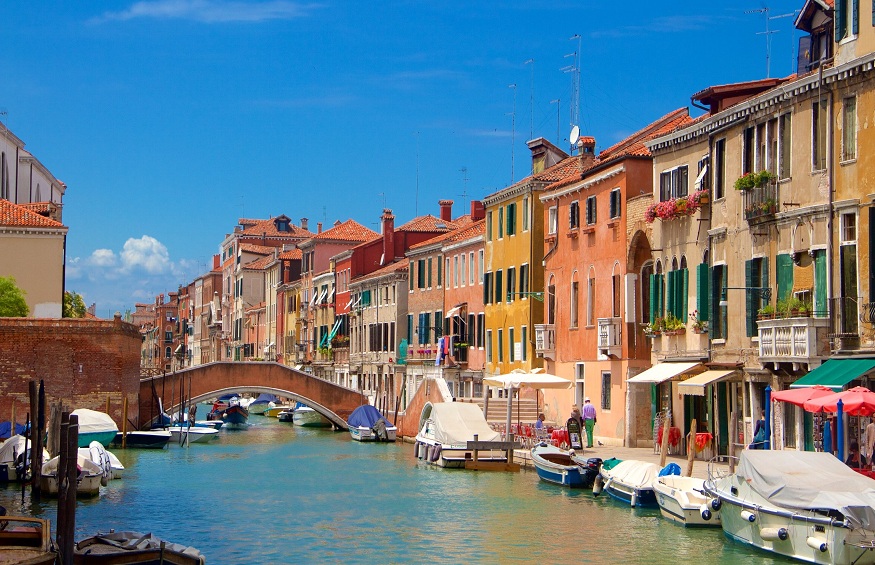Venice is a city filled with rich history and culture, and one of its most interesting neighbourhoods is the Jewish Quarter. The Jewish Ghetto in Venice is the oldest ghetto in the world and has a unique story to tell. In this article, we will delve into the history of the Jewish Quarter in Venice and explore its significance.
Hook: Are you looking for a neighbourhood in Venice that offers a unique cultural experience? Look no further than the Jewish Quarter.
The Jewish Ghetto in Venice dates back to the 16th century when the city’s rulers confined the Jewish population to a specific area of the city. The word ‘ghetto’ comes from the Italian word ‘getto’ which means foundry or melting pot. This area was where the Venetians cast metal, and the Jewish population was housed here because of its proximity to the foundry. Over time, the Jewish Quarter in Venice became a hub for Jewish culture and played an important role in the development of the city.
History of the Jewish Quarter in Venice
The Jewish Ghetto in Venice was established in 1516 by the city’s rulers. The ghetto was a walled-in area of the city, and the Jews were only allowed to leave during the day. At night, the gates to the ghetto were locked, and the Jewish population was confined to their homes. The Jews were also required to wear a distinctive badge on their clothing to identify them as Jewish.
The Jewish population in Venice was a vital part of the city’s economy, and they were involved in various industries such as banking, textiles, and medicine. However, despite their contributions to the city, the Jewish population faced persecution and discrimination from the Venetian authorities.
During the 18th century, the restrictions on the Jewish population were eased, and the ghetto walls were demolished. However, the Jewish Quarter remained an important cultural centre for the Jewish population in Venice.
Life in the Jewish Quarter
The Jewish Quarter in Venice was a tightly knit community with its own unique culture and traditions. The architecture of the area reflects the history of the Jewish population in Venice. The buildings are tall and narrow, with many apartments stacked on top of each other. This was due to the limited space available in the ghetto.
The Jewish population in Venice had its own language called Judeo-Italian, which was a blend of Hebrew and Italian. They also had their own customs and traditions, such as the Venetian Ghetto’s famous cuisine, which includes dishes such as fried artichokes and traditional Jewish sweets.
The Jewish Quarter Today
Today, the Jewish Quarter in Venice is a popular tourist destination and a hub for Jewish culture. The area has many synagogues and Jewish cultural institutions, such as the Jewish Museum of Venice. The Jewish Museum of Venice is located in the heart of the ghetto and is home to a vast collection of Judaica, including silver artefacts, textiles, and manuscripts.
The Jewish Quarter in Venice also has many kosher restaurants, cafes and bakeries that serve traditional Jewish cuisine. A walk around the Jewish Quarter is an excellent way to experience the rich cultural heritage of Venice.
The Jewish Quarter in Venice is a fascinating neighbourhood that has a unique story to tell. From its beginnings as a confined area of the city to its status today as a vibrant cultural centre, the Jewish Ghetto in Venice is an essential part of the city’s history. If you’re planning a trip to Venice, be sure to add the Jewish Quarter to your itinerary to experience the area’s rich cultural heritage.

